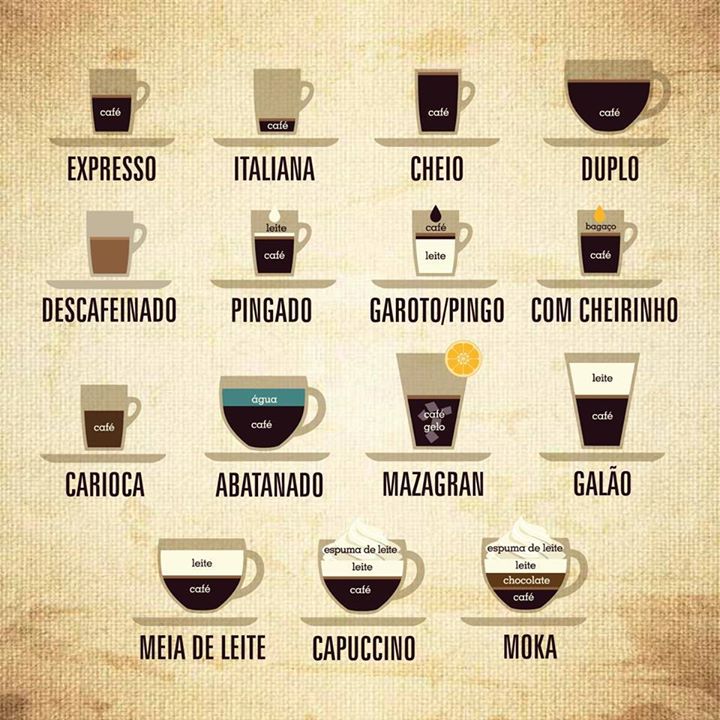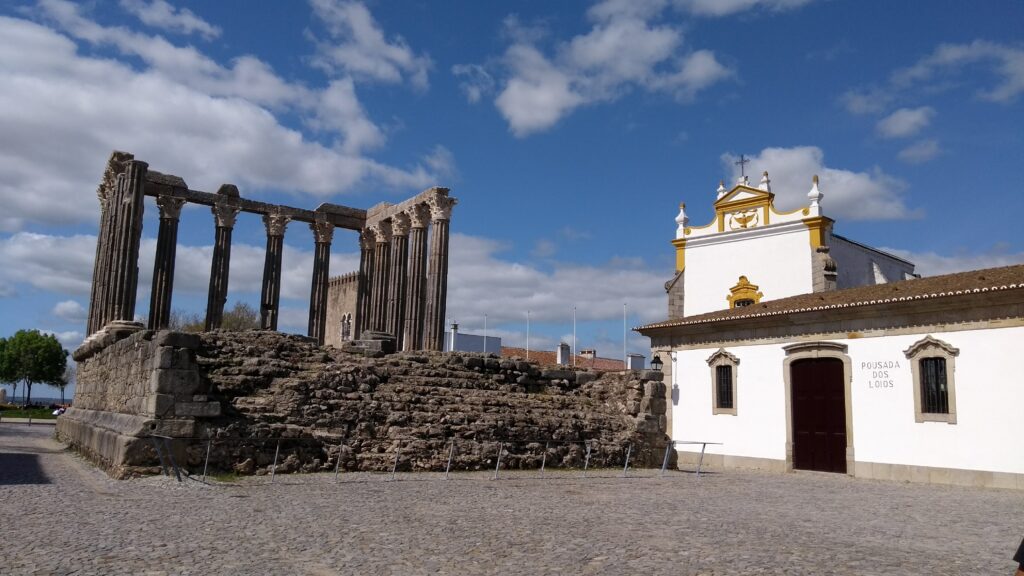Alentejo is the region where the real life begins
Between the Tagus river and the Algarve is the largest region of Portugal situated. Welcome in the Alentejo, an untouched region with a slower tempo of life, where it appears that the life stood still. This region if famous for his great gastronomy, landscape views and history. So, you also can say that Alentejo is the Portuguese region where the real life begins.
What are the topics of this post?
The largest region in Portugal * 4 Subregions * Gastronomy in the Alentejo
keywords:
#alentejo, #gastronomy, #relax, #slowerlife, #history, #landscapeviews, #evora
Information
Capital:
Évora
Area:
270 000 km²
Population:
540 000 people
The largest region in Portugal
"Beyond the Tagus river"
Alentejo literally stands for "além do Tejo", which is Portuguese for "beyond the Tagus". Thus, the Alentejo is the region below the Tagus river that stretches to the south of Portugal, the Algarve. As well as from Lisbon and the Atlantic Ocean in the west to the Spanish border in the east.

5% Of the people live in the 3th largest region of continental Portugal
The Alentejo is the largest region of Portugal with a surface area of around 270 000 square kilometers, which is around a third of whole continental Portugal. At the same time, it also is the least inhabited part of the country. Because the Alentejo has a population of around 540 000 people. So, in the third largest region of Portugal, live only around 5% of the Portuguese inhabitants. This gives a density of only around 20 people / km². So, yes, here it still is possible to feel yourself alone on the world. When traveling through the Alentejo, it is sometimes possible to drive around 30 minutes without meeting someone else.
Relax in a region where the real life begins
The Alentejo is famous for wonderful huge landscape views over the large area. One of the keywords of the Alentejo is a basic way of living. In the Alentejo, you still can have some locations where you don't have a good connection with fast digital technologies. Cork, marble, olive oil, winery and agriculture are the main sources of income for the locals. The Alentejo is known to have the best red wines of Portugal.
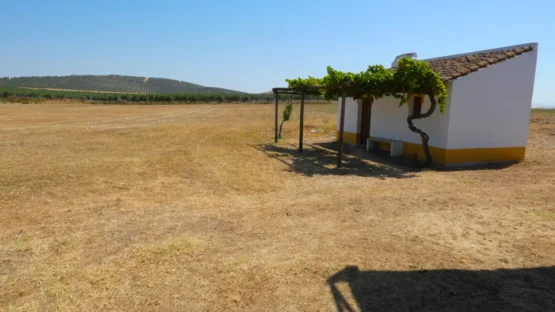
4 Subregions of the Alentejo
Personally, according my personal experiences, the Alentejo is the region in Portugal where it still is possible to connect with the real life. Or a place on earth where the real life begins. As already told above, this region covers the largest part of continental Portugal and is the ideal place to enjoy a slower pace of life. Because the Alentejo is so a vast area, it is divided in 4 subregions: Alto Alentejo, Alentejo Central, Baixo Alentejo and Alentejo Litoral.
Alto Alentejo
Capital:
Portalegre
District:
Portalegre

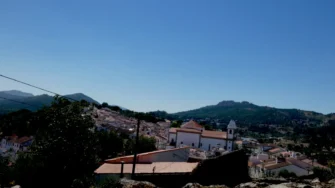
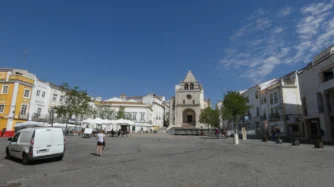
The most northern part of the Alentejo is the Alto Alentejo, in the district of Portalegre. It houses the wonderful Baragem de Montargil, as well as the mountains and natural park of Serra S. Mamede. Here you find the great villages Marvão and Castelo de Vide, which is sometimes also called as the "Sintra of the Alentejo". Also the historical place Elvas, close to the Spanish border, is part of the Alto Alentejo.
Alentejo Central
Capital:
District:
Évora
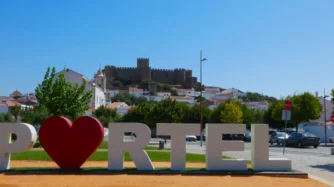
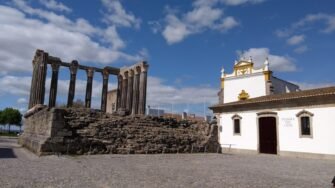

Below the Alto Alentejo, you find the central part of the region. Logically, this is Alentejo Central. Alentejo Central is the district of Évora. Évora also is the capital of the Alentejo. In the central part of the Alentejo, you find a lot of history, winery and the marble industry around Estremoz and Borba. Or go back in time in the white city Monsaraz.
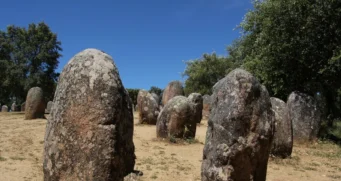
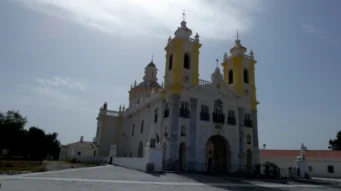
Baixo Alentejo
Capital:
Beja
District:
Beja
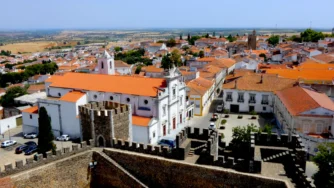

The lower part of the Alentejo is the Baixo Alentejo, located above the Algarve. This is the part of the Beja district, with the city Beja as the capital. Beja is the second largest city of the Alentejo. Baixo Alentejo is typically the part of the Alentejo that you really have almost nothing around you except nature, when you say that you are alone.
Alentejo Litoral
Capital:
Grândola
District:
Setúbal


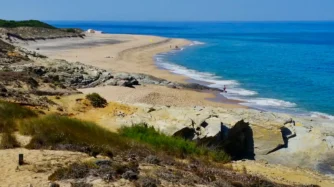
Finally, the 4th subregion of the Alentejo, is the part located aside the Atlantic Ocean. The administrative headquarter is located in Grândola. Most of this subregion is part of the district of Setúbal, but also Oderima in the Beja district is part of Alentejo Litoral. Because it is located aside the Atlantic Ocean. So, Alentejo Litoral is the part aside the Atlantic OCean with stunning beaches. As well as wonderful places like Sines, Melides, Tróia and Alcácer do Sal.
Lezíria do Tejo
Lezíria do Tejo, in the district of Santarém, is now also administrative a part of the Alentejo. But historically, this is part of the Ribatejo and not part of the historical Alentejo. Because Alentejo is the region below the Tagus river and not around the Tagus river. That is the Ribatejo.
Travel to the Alentejo where a slower real life begins
Travel and come back to yourself. That is visiting the Alentejo. An ideal location to make great road trips, relax and disconnect with the world of today. Enjoy a great gastronomy, discover history and warm people with real connections. Do you want to go to an area where it is possible to feel you alone on the world and only connect with the nature around you? Well, that is possible in the Alentejo. Feel the real life and plan a trip to this stunning part of Portugal.
Gastronomy in the Alentejo
The keywords of the Alentejo are a slower pace, relax and back to basics. Well, you also find this in the gastronomy. And believe me, the gastronomy of the Alentejo is so delicious with basic products.
Black pig
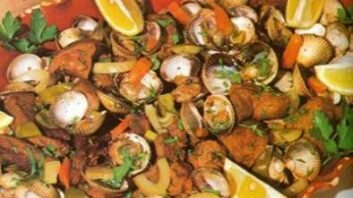
Portugal is a country with a long coastline aside the Atlantic Ocean, but one of the main products in the Portuguese kitchen is black pig. They make wonderful dishes with this product, and especially in the Alentejo. Maybe you already have heart of "Carne do Porco Alentejana" or "Bifanas". Dishes of black pig are popular together with Migas. Of course, you also find a lot of dishes with fish. Especially, in the Alentejo Litaoral aside the Atlantic Ocean.
Wine
Another famous product of the Alentejo is wine. The red wines of the Alentejo are among the best of whole Portugal. They are very full of a lot of flavour and blend well with a lot of dishes. When you make a road trip through the Alentejo, it is possible to follow the wine route and taste the great wines by the wine houses.
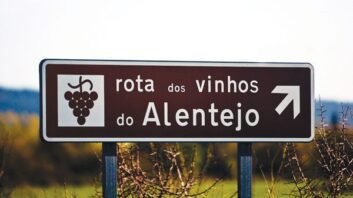
Dessert
Finally, what do you think of a delicious dessert? Than you have to taste the delicious Sericaia, with origin around Elvas.

Read More
"Selected for you"
You want to read more and get noticed about the posts ideal for you. Subscribe to our newsletter. This is the ideal way to stay tuned about all our posts and videos in the spotlight and selected for you.
The content of this page is copyright of Lindo Portugal.
© 2023 lindoportugal.eu
With media content of Galeria Sámuel.


